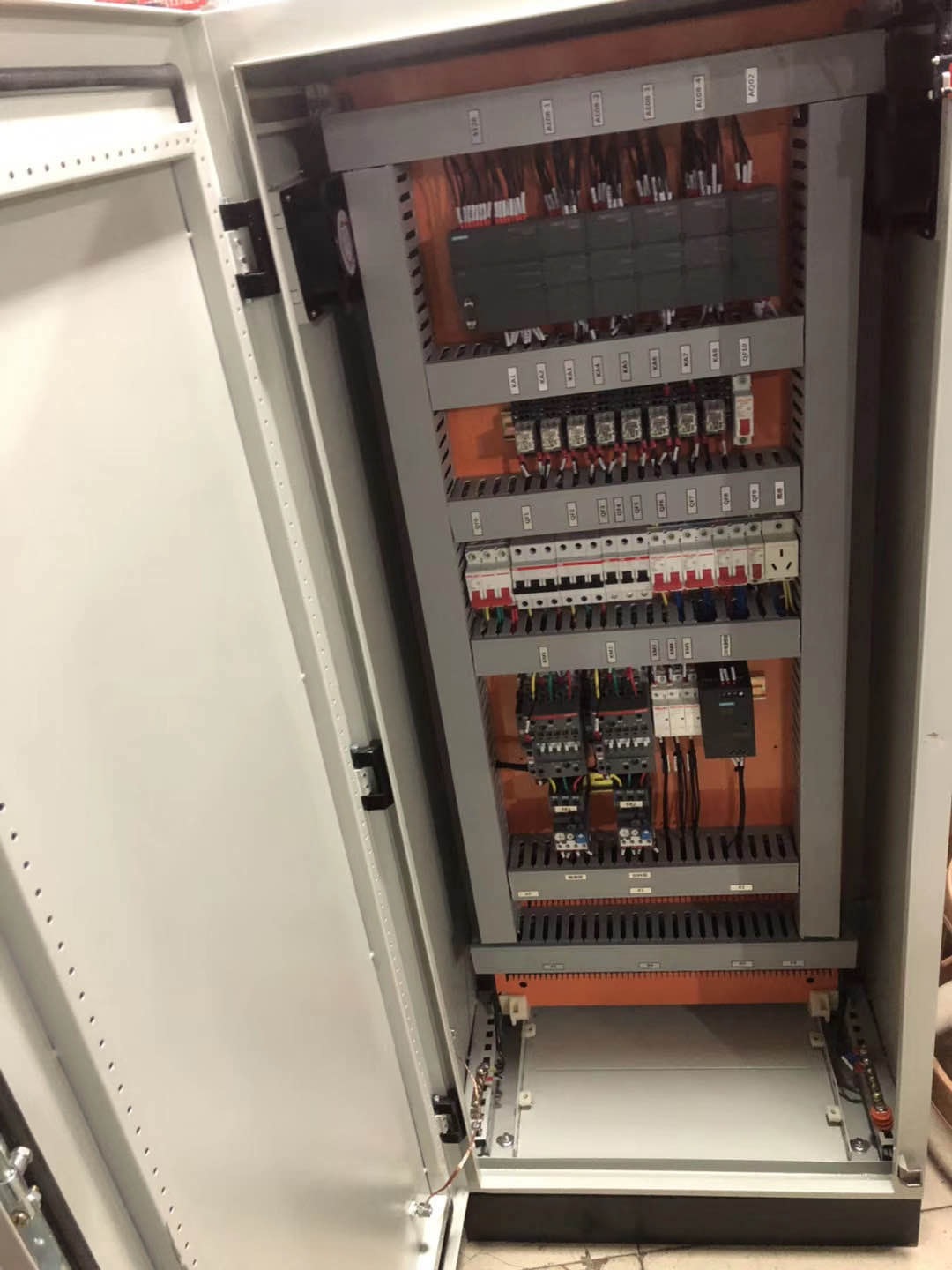what does a switchgear do
 **What Does a Switchgear Do?**
**What Does a Switchgear Do?**
In electrical engineering, **switchgear** is a critical system that **controls, protects, and manages electrical
power distribution**. Its functions are essential for ensuring the safe, efficient, and reliable operation of power
grids. Below is a detailed breakdown:
**1. Control Electrical Circuits**
- **Normal Operation**:
- **Connect/Disconnect Loads**: Manually or automatically switch circuits under normal load (e.g., starting/stopping
motors, energizing transformers).
- **Example**: A circuit breaker closing to supply power to a factory.
- **Emergency Shutdown**:
- **Rapid Interruption**: Trip circuits instantly during faults (e.g., short circuits) to prevent damage.
**2. Protect Equipment and Personnel**
- **Fault Protection**:
- **Overcurrent/Short Circuit**: Relays detect excess current and trigger断路器 (CB) to disconnect the faulted section.
- **Overvoltage/Undervoltage**: Devices like surge arresters or voltage relays protect against voltage spikes/drops.
- **Arc Flash Prevention**:
- Enclosures and interlocks contain arcs in LV/MV systems, reducing safety risks.
**3. Isolate Power for Maintenance**
- **Visible Mechanical Disconnection**:
- ** (Disconnectors)**: Create a **visible break** in the circuit (no-load condition) to ensure safety during repairs.
- **Example**: Disconnecting a transformer from the grid before maintenance.
**4. Monitor and Measure Electrical Parameters**
- **Real-Time Data Collection**:
- **CT/PT (Current/Voltage Transformers)**: Convert high voltage/current to low signals for meters, relays, and SCADA systems.
- **Monitored Parameters**: Voltage, current, power, frequency, temperature.
- **Remote Monitoring**:
- Enabled by IoT sensors for predictive maintenance (e.g., detecting overheating in circuit breakers).
**5. Manage Power Distribution**
- **Busbar Systems**:
- Distribute power to multiple circuits (e.g., in a substation, busbars connect incoming utility power to outgoing feeders).
- **Switching Configurations**:
- Support complex setups like ring mains, radial systems, or redundant paths for reliability.
**6. Voltage-Class Specific Functions**
| Voltage Class | Key Functions |
| Low Voltage (LV) | Protect homes/commercial buildings (e.g., MCCBs trip during overloads). |
| Medium Voltage (MV) | Control industrial machinery and grid distribution (e.g., disconnecting a faulty feeder). |
| High Voltage (HV) | Manage long-distance power transmission (e.g., isolating a faulted transmission line). |
**Analogy: Switchgear as a "Power Traffic Controller"**
- **Controls Flow**: Like traffic lights, it allows or stops power flow.
- **Protects from Accidents**: Like a traffic cop, it intervenes during emergencies (faults).
- **Provides Visibility**: Like a surveillance system, it monitors and reports conditions.
**Standards and Compliance**
- Functions align with **IEEE C37** (switchgear standards) and **IEC 62271** (high-voltage equipment), ensuring
safety and performance metrics (e.g., short-circuit breaking capacity).
In summary, switchgear is the **backbone of power systems**, balancing control, protection, and efficiency across
all voltage levels.


